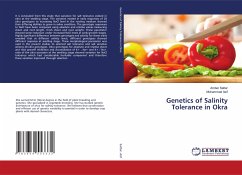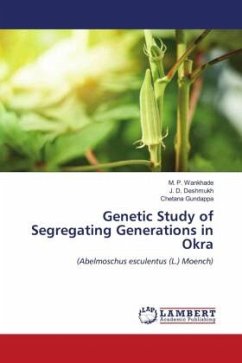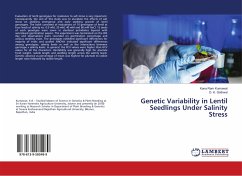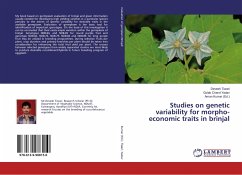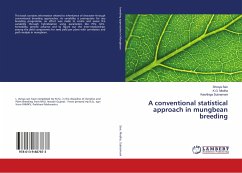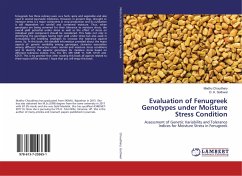It is concluded from this study that variation for salt tolerance existed in okra at the seedling stage. The variation existed in early responses of 20 okra genotypes to increasing NaCl level in the rooting medium showed their differing abilities to grow in saline condition. The genotypic responses to NaCl have been compared using absolute and relative values measuring shoot and root length, fresh shoot and root weight. These parameter showed some reduction under increased NaCl levels at early growth stages. Highly significant difference between genotypes and salinity for these traits revealed that at different salinity levels, different genotypes showed different response at seedling stage. These morphological parameter was used in the present studies to selected salt tolerance and salt sensitive among 20 okra genotypes. Okra genotypes for absolute and relative shoot and root growth inhibition and accumulation of K+ , Na+ and K+ / Na+ ratio of the okra accession at the seedling stage showed variation for NaCl tolerance which had considerable heritable component and therefore these variation improved through selection.
Bitte wählen Sie Ihr Anliegen aus.
Rechnungen
Retourenschein anfordern
Bestellstatus
Storno

